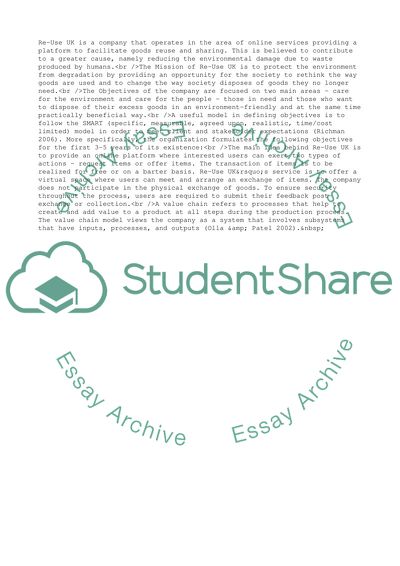Cite this document
(Re Use UK Information System Strategy Case Study Example | Topics and Well Written Essays - 1750 words, n.d.)
Re Use UK Information System Strategy Case Study Example | Topics and Well Written Essays - 1750 words. https://studentshare.org/business/1881623-information-systems-strategy
Re Use UK Information System Strategy Case Study Example | Topics and Well Written Essays - 1750 words. https://studentshare.org/business/1881623-information-systems-strategy
(Re Use UK Information System Strategy Case Study Example | Topics and Well Written Essays - 1750 Words)
Re Use UK Information System Strategy Case Study Example | Topics and Well Written Essays - 1750 Words. https://studentshare.org/business/1881623-information-systems-strategy.
Re Use UK Information System Strategy Case Study Example | Topics and Well Written Essays - 1750 Words. https://studentshare.org/business/1881623-information-systems-strategy.
“Re Use UK Information System Strategy Case Study Example | Topics and Well Written Essays - 1750 Words”. https://studentshare.org/business/1881623-information-systems-strategy.


